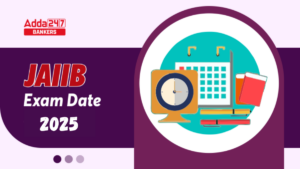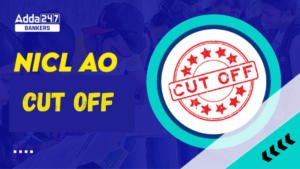
Q1. As per the reports published in various journals and newspapers the ‘small borrowers’ in rural areas still prefer to take informal route for their credit needs. Which of the following is the ‘informal route’ of credit in financial sector?
(a) Credit cards
(b) Loan against gold from financial institute
(c) Debit cards
(d) Money lender
(e) None of the above
Q2. What is meant by ‘Underwriting’ the term frequently used in financial sector?
(a) Under valuation of the assets
(b) The Act of taking on a risk
(c) Giving a Guarantee that a loan will not become a bad loan
(d) All of the above
(e) None of the above
Q3. As we have noticed many banks of Indian origin are opening offices/branches in foreign countries. Why is this trend emerging at a very fast pace?
I. These Banks wish to provide banking facilities to foreigners as banking facilities are not plenty in many foreign countries. India wants to take an advantage of the situation.
II.These banks wish to help Indian firms to acquire funds at internationally competitive rates.
III. These banks wish to promote trade and investment between India and other countries.
(a) Only I
(b) Only II
(c) Only III
(d) Only II and III
(e) None of the above
Q4. Many economists, bankers and researchers in India often advocate that banks should equip themselves for new challenges. These challenges are in which of the following shapes/forms?
I. As India economy is getting increasingly integrated with the rest of the world the demand of the Corporate banking is likely to change in terms of size, composition of services and also the quality.
II. The growing foreign trade in India will have to be financed by the local banks.
III. Foreigners are habitual of the comforts provided by the technology. India has to do a lot in this reference.
(a) Only I is correct
(b) Only II is correct
(c) Only III is correct
(d) All of the above
(e) None of the above
Q5. Which of the following is not a banking/finance related term?
(a) Credit warp
(b) EMI
(c) Held to Maturity
(d) Diffusion
(e) None of the above
Q6. Which institution provides long run finance to industries?
(a) UTI
(b) LIC
(c) GIC
(d) IDBI
(e) All of the above
Q7. Which type of ATMs can be provided by NBFCs?
(a) Bank-owned ATMs
(b) WLAs
(c) BLAs
(d) All of the above
(e) None of the above
Q8. Letter of Credit is generally used for –
(a) International trade
(b) Domestic trade
(c) Foreign Exchange
(d) All of the above
(e) None of the above
Q9. Initially who provides Bill of Lading to whom?
(a) Seller to Carrier
(b) Carrier to Seller
(c) Carrier to Buyer
(d) Seller to Buyer
(e) None of the above
Q10. Which of the following is the most active segment of the money market in India?
(a) Call Money/Notice Money Market
(b) Repo/Reverse Repo
(c) Commercial Paper (CP)
(d) Certificate of Deposit (CD)
(e) None of the above
Q11. Which of the following ministries along with Planning Commission of India has decided to set up a Corpus Fund of Rs. 500 crore, so that Tribals in Naxal-hit areas can be provided proper means of livelihood?
(a) Ministry of Rural Development
(b) Ministry of Home Affairs
(c) Ministry of Tribal Affairs
(d) Ministry of Corporate Affairs
(e) Ministry of Finance
Q12. The term ‘Smart Money’ refers to
(a) Foreign Currency
(b) Internet Banking
(c) US Dollars
(d) Travellers’ Cheques
(e) Credit Cards
Q13. Which one of the following is not a ‘Money Market Instrument’?
(a) Treasury Bills
(b) Commercial Paper
(c) Certificate of Deposit
(d) Equity Shares
(e) None of the above
Q14. Which one of the following is a retail banking product?
(a) Home loans
(b) Working capital finance
(c) Corporate term loans
(d) Infrastructure financing
(e) Export credit
Q15. In the summit of which of the following organizations/group of nations it was decided that all members should enforce Budget Discipline?
(a) G-8
(b) OPEC
(c) European Union
(d) SAARC
(e) G-20




 The Hindu Review October 2022: Download ...
The Hindu Review October 2022: Download ...
 JAIIB Exam Date 2025, Check IIBF JAIIB E...
JAIIB Exam Date 2025, Check IIBF JAIIB E...
 NICL AO Cut Off 2024 Out, Check Prelims ...
NICL AO Cut Off 2024 Out, Check Prelims ...





